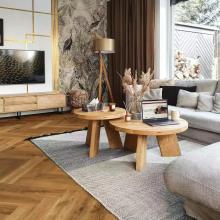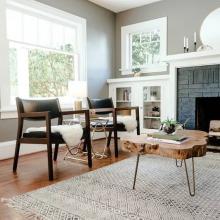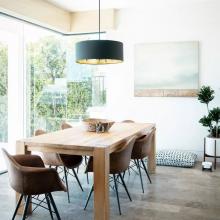5 Things to Keep in Mind While Mixing and Matching Wood Tones
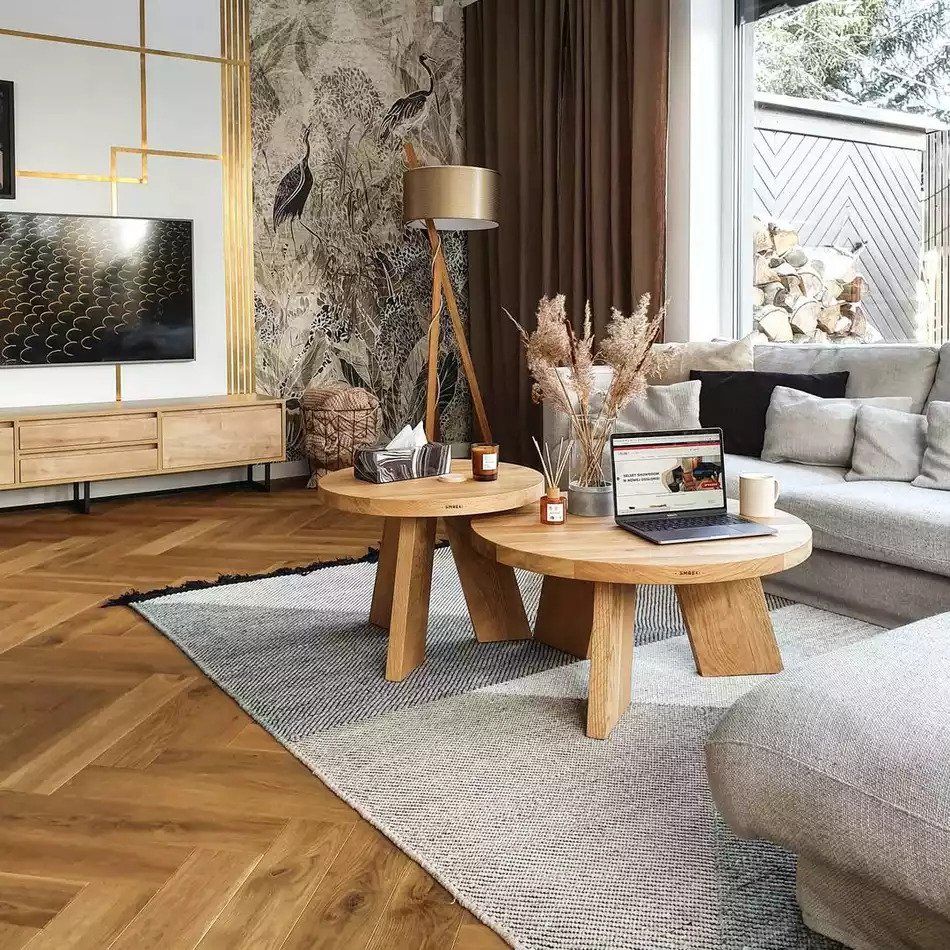
To mix wood tones or not to mix wood tones: that is the question. When decorating with a variety of wooden pieces, it’s easy to feel lost or overwhelmed by options quickly.
“Mixing wood tones works well when it is intentional,” Brenda Danso, creative director and founder of Brenda Danso Interior Design, says. “In fact, doing so can add layer and contrast to your space.” However, the key is all in the placement, furniture style, and undertones—according to designers.
Read ahead to get the scoop on key points to consider when decorating with multiple types of wood.
01 Consider Your Layout
According to designer Saudah Saleem, it’s all about placement when it comes to mixing wood tones.
“Don’t place wood pieces that are similar in color in close proximity to one another in the room,” she advises. “Place various wood tones throughout the room to create balance, and this ensures that one side of the room doesn't appear ‘heavier’ than the other.”
02 Be Consistent
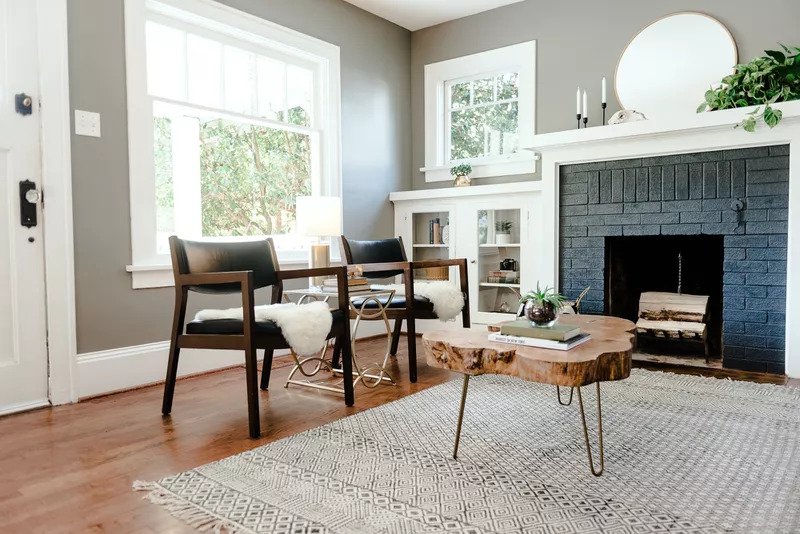
You’ll want to make sure that your furniture pieces play nicely together, according to April Gandy of Alluring Designs Chicago. “The key to mixing wood tones is keeping the design style consistent,” she explains. “Finding pieces that complement one another well, regardless of wood tone, helps the differences in the wood become less noticeable.”
Pair a mid century-style sofa with a coffee table that also features tapered legs, for example. And Gandy adds, “Opt for pieces that have a subtle contrast, so the focus isn’t the wood itself, but the overall design of the space.”
03 Add Some Pattern
Introducing a piece that incorporates a variety of wood tones is also a smart strategy, Saleem explains. “To help visually tie together the different wood tones you're using in the space, include a piece of furniture that features multiple," she says. "Burl wood is one of my go-to multi-toned woods to use to unify contrasting wood tones in a space.”
Quick Tip
A burl wood coffee table or side table is an excellent place to start.
04 Don’t Go Overboard
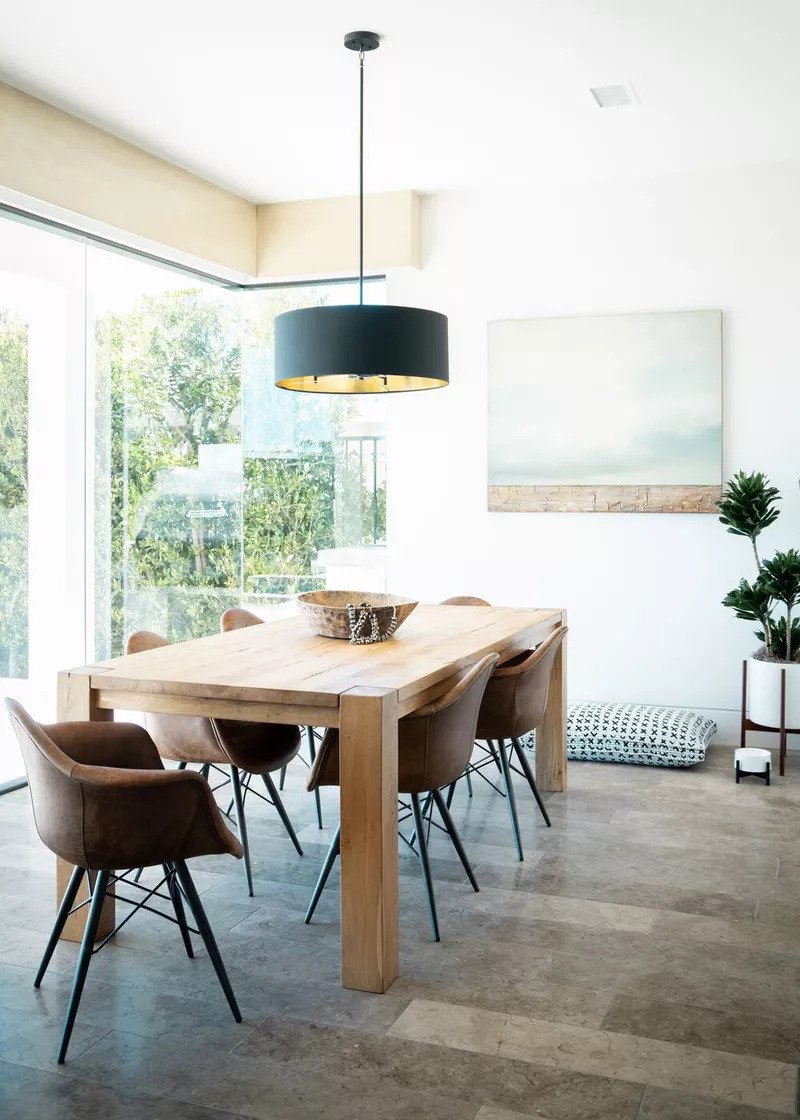
If a room features wood floors, you’ll want to take that into consideration, too, according to Whitney Durham, the owner and lead designer at Whitney Durham Interiors.
“Typically, I try to use no more than two or three different wood finishes in a space,” she says. “If your furniture is sitting directly on your hardwood floors, try to keep them in the same color family.”
Still feeling stumped? “A good way to break this up is a great colorful area rug,” Durham advises. “Pay attention to the color palette of your room: the wall color, textiles, and hard finishes. Mixing and matching wood tones is great in moderation.”
05 Consider the Undertones
Christina Kim, the owner of Christina Kim Interior Design, says, “You can—and should—mix wood tones. It adds depth to a room, and after all, a forest has many types of trees, right?”
The key is focusing on undertones or supporting tones, according to Kim and other designers. “Start by choosing a main wood tone and one to two supporting tones maximum,” Kim says. ”Keep things feeling consistent by sticking with all warm wood tones such as walnut and oak, or all cool tones like grey stains and ash.”
You can—and should—mix wood tones. It adds depth to a room, and after all, a forest has many types of trees, right?
Still worried about the setup being too much? It’s easy to work other hues into the mix. “Remember that black or white can go a long way to balance different woods in a room," Kim notes. "The contrast it creates visually breaks things up in an appealing and intentional way."
Adds Mark Lavender of M. Lavender Interiors, “I think it is always appropriate to mix woods. Trying to have every wood finish match looks like you purchased your furniture in a set instead of curating the space.
Lavender says it is difficult for multiple wooden accents not to look totally chic when combined. "The only way I could see different wood tones being too chaotic would be to use varying tones such as a cherry dining table with oak chairs. It’s all about harmony.”

